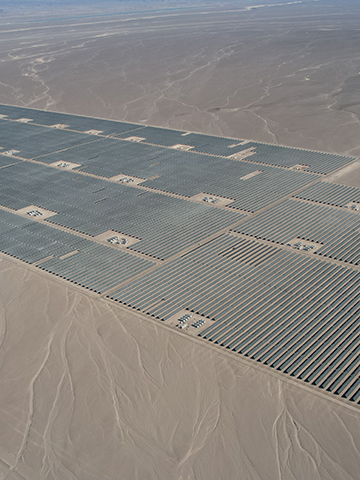Veuillez accepter les cookies "marketing" pour voir cette vidéo.
In the face of the increasingly visible consequences of climate change, there is an urgent need to accelerate the energy transition. The agreement reached at COP28 in Dubai calls for a “transition away from fossil fuels” and the tripling of renewable capacities worldwide. Solar and wind energies, with additional capacities increasing by 50% in 2023 compared to 2022, are radically transforming the global energy landscape. However, this transformation calls for new flexibility solutions to offset their variability.
With more renewables, electricity production will vary more significantly than in the past, not only between summer and winter but also within a single day according to weather conditions. Faced with this variable production, electrical grid operators must maintain the balance of supply and demand by adopting a variety of flexibility solutions.
Not One, but Multiple Supply Flexibilities
Currently, most of these solutions focus on production, each serving a specific function. Pumped hydro energy storage (PHES), in use for over a century, involves hydroelectric plants transferring water between two reservoirs to generate electricity. They can be activated in just a few minutes.
Thermal power plants can also engage high electrical capacities and are essential for addressing seasonal peaks. ENGIE operates combined-cycle gas turbines to benefit from controllable plants while continuing to reduce their environmental impact (improving performance and decarbonization by introducing renewable gases).
Batteries are a crucial addition to this set of flexibility tools. Their power increases, and their cost decreases, each year, making them increasingly competitive. They can respond rapidly to grid demands, within seconds and multiple times a day, making them a preferred tool for intraday balancing.



